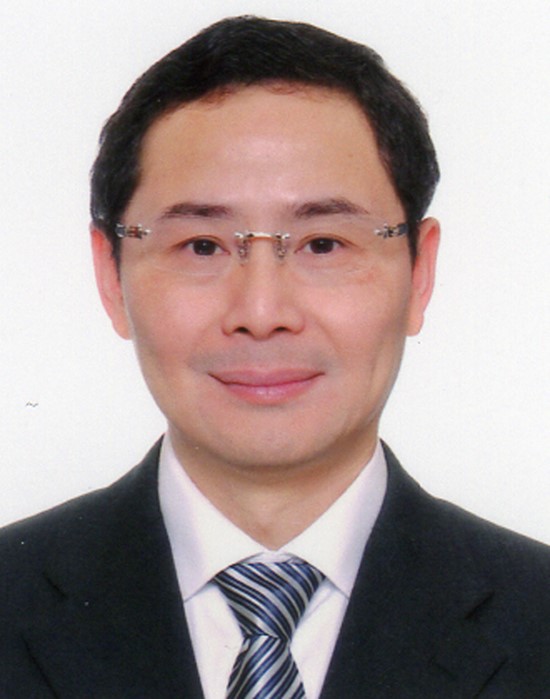Keynote Speaker

Shu Yin
Professor, Lab. of Environmental Inorganic Materials Chemistry, Institute of Multidisciplinary Research for Advanced Materials, Tohoku University, JapanSpeech Title: Solvothermal Synthesis of Ion-Doped Tungsten Suboxide and Vanadium Dioxide with Excellent Infrared Light Shielding Performance
Abstract: Smart window materials are leading the future of energy-saving by virtue of the autonomous response behavior to external stimuli, the development and application of which are widely believed to bring a new revolution. Among various smart window materials, tungsten suboxide (W18O49) is a kind of mixed valence state material showing some novel properties such as excellent conductivity and Infrared light shielding performance. While vanadium dioxide (VO2) is a special one showing a unique multi-stimulus responsive metal-insulator transition (MIT) accompanied by a structural phase transition, resulting in obvious changes in optical, electrical, and thermal properties, etc. These make them ideal for the formation of thin films as smart windows applications. Recently, element doping has become a powerful tool in tailoring the physical and chemical performance of oxides, especially the anion that possesses a variety of electronegativity and might result in many novel properties and potential applications. The present talk will introduce the solvothermal synthesis of infrared light-responsive tungsten suboxide and vanadium dioxide inorganic nanomaterials. Also, the investigation of various kinds of element doping / co-doping on the smart window performance was carried out. Among various ion doping, the doping of antimony changes the particle morphology and chemical properties and increases the content of free electrons and thereby leading to the enhancement of the infrared light shielding performance of W18O49. On the other hand, the thermochromic type VO2-based infrared light-shielding thin films can effectively block the heat ray in summer but pass through the IR light in winter, showing a higher energy-saving effect than ordinary infrared light-shielding materials. It is also found that anion element doping can effectively decrease the semiconductor–metal phase transition temperature, indicating the great potential in practical applications.
Biography: Professor Shu YIN received a Ph.D. in applied chemistry from Tohoku University in 1999. After that, he became a research assistant, lecturer, associate professor, and then a full-time professor at the Institute of Multidisciplinary Research for Advanced Materials (IMRAM), Tohoku University. Now he is also a professor at the Advanced Institute for Materials Research (WPI-AIMR), Tohoku University. His research interests include morphological control, photocatalysts, UV-IR shielding, smart window, gas sensor, hydrothermal/solvothermal process, etc. He has won some scientific awards, such as the 69th CerSJ Awards for Academic Achievements in Ceramic Science and Technology, the APT Distinguished Paper Award, etc. His research papers were cited more than 16637 times and showed a citation h-index = 69, i10=294. His research interests include morphological control of nanostructured materials, photocatalytic materials, UV-IR shielding smart window materials, 2D gas sensing materials, hydrothermal/solvothermal processes, soft chemical synthesis, etc.
